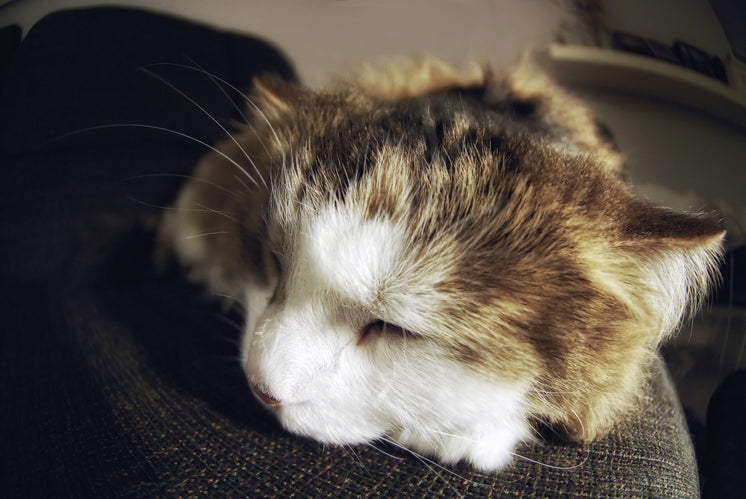Understanding Clumping vs. Non-Clumping Cat Litter
Understanding Clumping vs. Non-Clumping Cat Litter
Blog Article

Cat litter and litter boxes play a pivotal function in the lives of both felines and their owners. From the humble beginnings of sand and soil to the innovative developments these days, the world of cat litter has actually progressed significantly. In this extensive guide, we dig into every element of cat litter and litter boxes, exploring their history, types, advantages, challenges, and everything in between.
The history of cat litter dates back centuries, with ancient civilizations using sand, soil, and even ashes as primitive litter materials. However, it wasn't until the mid-20th century that modern cat litter as we understand it emerged. In 1947, Edward Lowe introduced the world's first commercial cat litter made from absorbent clay, revolutionizing the way cats relieved themselves indoors. Ever since, cat litter has undergone numerous transformations, with the introduction of clumping litter, silica gel litter, biodegradable options, and more.
Today, cat owners are spoiled for option when it pertains to picking the best litter for their feline companions. Conventional clay litter remains popular for its affordability and effectiveness in soaking up smells. Clumping litter, which forms strong clumps when wet, simplifies cleaning and maintenance. Silica gel litter, made up of extremely absorbent silica crystals, provides superior smell control and durability. Naturally degradable choices, such as recycled paper, wood pellets, corn, and wheat, appeal to environmentally mindful customers.
Each type of cat litter offers unique benefits. Clay litter excels in its ability to take in moisture and control odors, making it a reliable option for lots of cat owners. Clumping litter simplifies day-to-day scooping and extends the time between complete litter modifications. Silica gel litter offers exceptional smell control and can last EcoFriendly Litter Boxes longer between replacements. Eco-friendly litters use a sustainable alternative that minimizes environmental impact.
While cat litter improves indoor feline hygiene, it is not without its obstacles. Dust from clay litter can present respiratory threats for both cats and humans, triggering the popularity of dust-free options. Some cats might develop litter box hostility due to problems cat litter box furniture with texture, scent, or tidiness, requiring experimentation with various litters and box setups. Multi-cat households might require tactical litter box placement and regular maintenance to avoid territorial disputes and guarantee all felines have access to clean centers.
Selecting the appropriate litter box is necessary for promoting positive litter box practices and overall feline wellness. Factors to think about consist of size, ease of access, and style preferences. Covered litter boxes offer personal privacy and aid include smells, but some cats might find them confining or frightening. Open-top litter boxes provide easy gain access to and visibility however might result in more litter scatter. Automatic self-cleaning litter boxes simplify upkeep but require routine monitoring and maintenance.
Correct litter box maintenance is vital for ensuring a tidy and welcoming environment for both cats and their owners. Daily scooping eliminates waste promptly, lessening smell and discouraging litter box hostility. Regular litter replacement, usually every 1-2 weeks, avoids bacterial buildup and preserves optimum absorbency. Thorough cleaning with moderate cleaning agent and water, avoiding severe chemicals that might hinder cats from using package, need to be performed monthly.
Cat litter and litter boxes play a central function in cultivating a healthy and unified relationship between cats and their human buddies. With a diverse range of litter choices and litter box designs offered, feline owners have the versatility to tailor their choices to fit their felines' preferences and home requirements. By cat litter box furniture comprehending the development, types, benefits, and difficulties of cat litter and litter boxes, family pet owners can provide their feline buddies with a comfy and sanitary indoor environment.